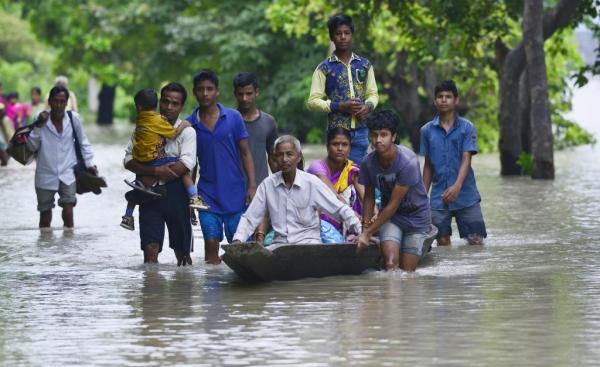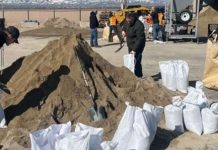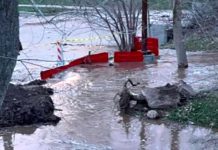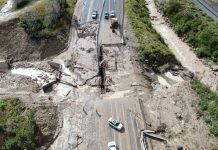
Aug. 30 (UPI) — Floods and landslides in South Asia have killed more than 1,200 people and affected living conditions for more than 41 million people this summer, U.N. estimates indicate.
Monsoon season typically brings heavy rains and floods to India, Bangladesh and Nepal between June and September, but this year has been seen heavier than normal rains, officials said.
“This is the severest flooding in a number of years,” Francis Markus, a spokesman for the International Federation of Red Cross and Red Crescent Societies currently working in Nepal, told The New York Times.
India has seen most of the damage, with more than 600 deaths and 31 million people who have lost homes, caught disease and lack access to food and clean water, according to the United Nations.
On Saturday, Indian Prime Minister Narendra Modi surveyed the damage in the Indian state of Bihar, one of the areas most devastated by monsoon season where government officials say nearly 400 people have been killed. Modi pledged $78 million for relief efforts there, Al Jazeera reported.
But recovery is likely to be prolonged due to the damage done to the farming industry, which will result in a loss of jobs in an area of India where employment is already scarce.
“This year farming has collapsed due to floods and we will witness a sharp rise in unemployment,” said Anirudh Kumar, a disaster management official in Bihar’s capital city of Patna, where many poor people come to find jobs.
In Bangladesh, half of the country’s 64 districts are flooded, but water is beginning to recede, PRI reported.
“Right now the focus is not on rescue,” said Matthew Marek, the head of disaster response in Bangladesh for the Red Cross. “The focus is on actually delivering aid — food, clean drinking water, as well as assistance in the form of hygiene items, et cetera.”
In Nepal, Markus said flooding has impacted the poorest parts of the country, where homes are typically made of mud bricks and families rely on subsistence farming for survival. Many of those homes have been destroyed and people are living under tarps as disease spreads.
When the Times asked Markus how the situation in Nepal compares to flooding in Houston, he said: “We hope people won’t overlook the desperate needs of the people here because of the disasters closer home.”






